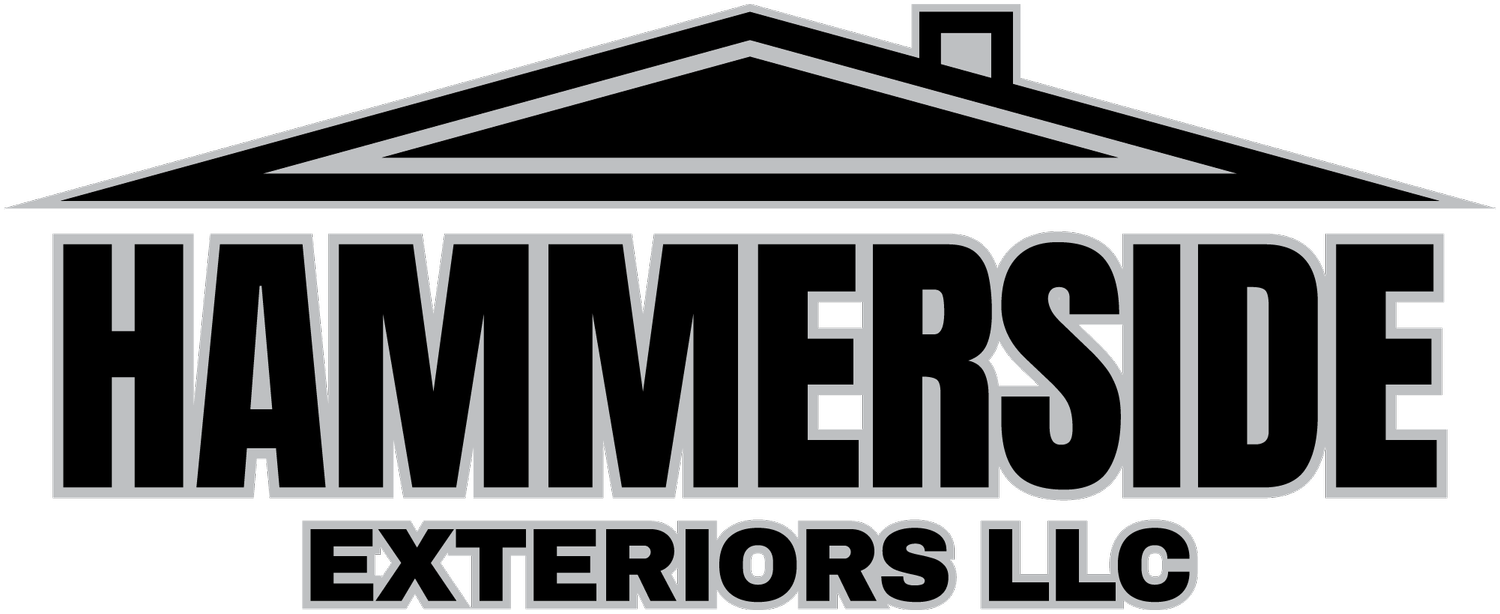Composite vs. Cedar vs. Treated Wood: Which Decking is Right for Your Lifestyle?
A new deck isn’t just about adding square footage — it’s about creating a space that fits the way you live. Whether you love hosting summer cookouts, relaxing with coffee in the mornings, or building a quiet backyard retreat, your deck material matters. At Hammerside Exteriors, we build decks throughout SE Minnesota using composite, cedar, and pressure-treated wood. Each has its strengths — here’s how to choose what works best for you.
1. Composite Decking: Low Maintenance, Long Lifespan
Overview:
Composite decking is made from a blend of wood fibers and recycled plastic. It’s engineered to mimic the look of wood while eliminating the need for ongoing maintenance.
Best for:
Busy homeowners who want durability without the upkeep.
Pros:
No staining, sealing, or sanding required
Resists rot, splintering, and insect damage
Long warranties (25+ years)
Available in a wide range of colors and wood-look finishes
Cons:
Higher upfront cost
Can become warm in direct sunlight
Not stain-proof from grease or oil if not cleaned promptly
Lifespan: 25–50 years, depending on brand and exposure
2. Cedar Decking: Natural Beauty with Classic Charm
Overview:
Cedar is a popular softwood known for its rich color and natural resistance to insects and decay. It offers a traditional wood look with a touch of elegance.
Best for:
Homeowners who appreciate natural materials and are willing to maintain them.
Pros:
Warm, natural grain and color
Naturally resists rot and insects
Lightweight and easy to work with
Cons:
Requires regular sealing or staining to maintain appearance
Softer wood can scratch or dent easily
Fades to a grayish tone over time if untreated
Lifespan: 15–25 years with maintenance
3. Pressure-Treated Wood (Green Treat): Affordable & Widely Available
Overview:
Pressure-treated lumber is chemically treated to resist moisture and pests, making it a budget-friendly choice for functional outdoor spaces.
Best for:
Value-focused projects or short-term solutions.
Pros:
Most affordable material
Readily available at most suppliers
Treated to resist decay and insect damage
Cons:
Requires sealing and maintenance
Can warp or split over time
Less refined appearance compared to cedar or composite
Lifespan: 10–20 years with regular care
How to Decide: Lifestyle vs. Longevity
If you’re looking for the lowest maintenance and longest-lasting option, composite decking is typically the best choice. It’s ideal for homeowners who want a durable, hassle-free deck that stands up to Minnesota’s weather. For those who appreciate the natural look and warmth of real wood, cedar is a great fit — as long as you’re comfortable with seasonal maintenance. If budget is the top concern, pressure-treated wood offers an affordable, practical solution with basic durability. Each material suits a different lifestyle, and the Hammerside team is here to help match your priorities with the right deck for your home.
Hammerside Exteriors: Built for Minnesota Living
We build decks that withstand harsh winters, humid summers, and everything in between. From custom layouts to upgraded railings and lighting, Hammerside delivers decks designed for both function and beauty.
Let’s design a deck that fits your life — and lasts.
Contact us today for a personalized consultation and quote.
